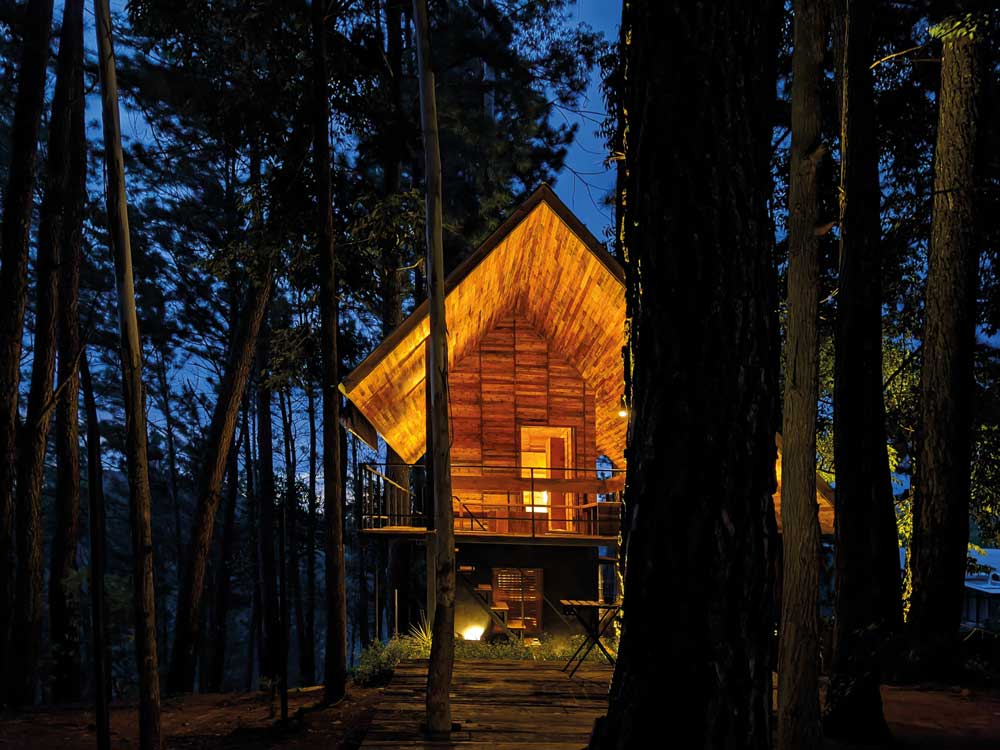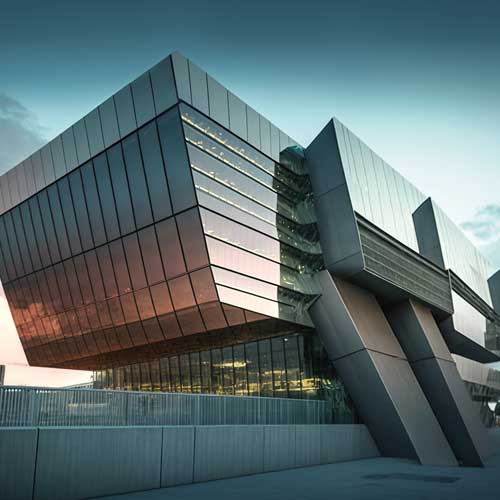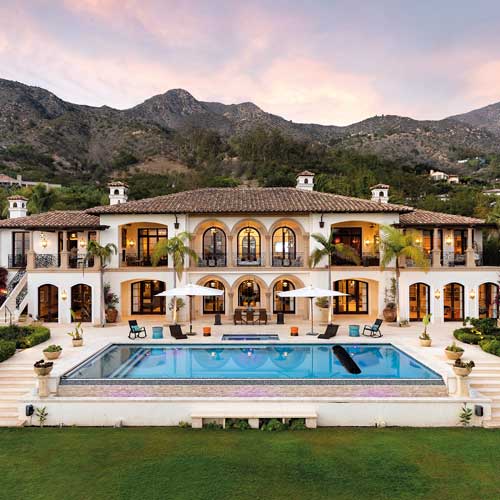 Sri Lanka has a rich and ancient culture, which has inherited a range of buildings from the 2nd and 3rd centuries onwards. They encompass a variety of architectural forms that include cave temples, dagobas, stupas etc. There are specifications that provide the technical finesse and artistry required for nearly every structure.
Sri Lanka has a rich and ancient culture, which has inherited a range of buildings from the 2nd and 3rd centuries onwards. They encompass a variety of architectural forms that include cave temples, dagobas, stupas etc. There are specifications that provide the technical finesse and artistry required for nearly every structure.
On the other hand, modernism in architecture is a phenomenon of the early 20th century and is characterised by innovative new technologies in construction, and the use of materials such as concrete, glass and steel. Functionalism (where form follows function) and minimalism (which is the avoidance of decoration and embellishment) have potentially helped shape contemporary architecture in the 21st century.
And now, AI generated architecture is the latest concept in this rapidly advancing technological world. It is proving to be an invaluable source of inspiration, and helping to interpret and produce realistic 3D models that are complete with texture, lighting, virtual landscapes and intricate architectural designs within seconds and with ease.
This process is able to bring to fruition the envisaged visual concept and more. Therefore, the inclusion of a pictorial on AI generated architectural buildings in this publication is a step towards keeping up with current trends.
The gradual ascent of the construction industry in Sri Lanka is the silver lining on the dark clouds that have been over us for some time. So Ambience provides an impetus and is a timely source that can help revitalise the lost momentum for all professionals involved in the industry.
It has brought to the forefront functionality, environmentally-friendly and aesthetically beautiful architecture with its vast spectrum of features that include design, interiors, landscapes and art. All this fulfils the practical requirements of desires, beliefs, aspirations and the needs of the different institutions that are featured on its pages.






